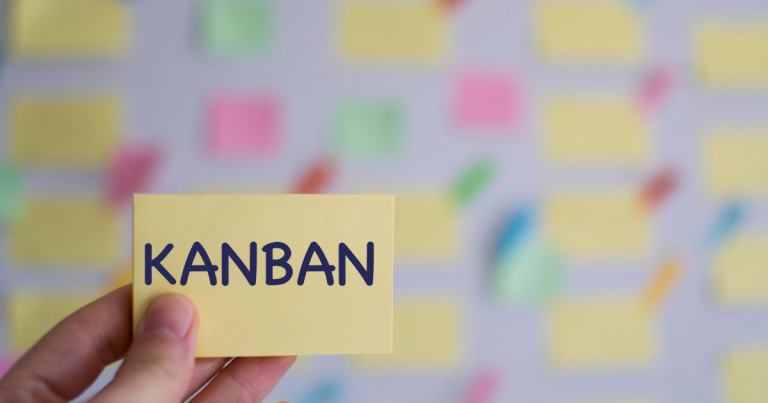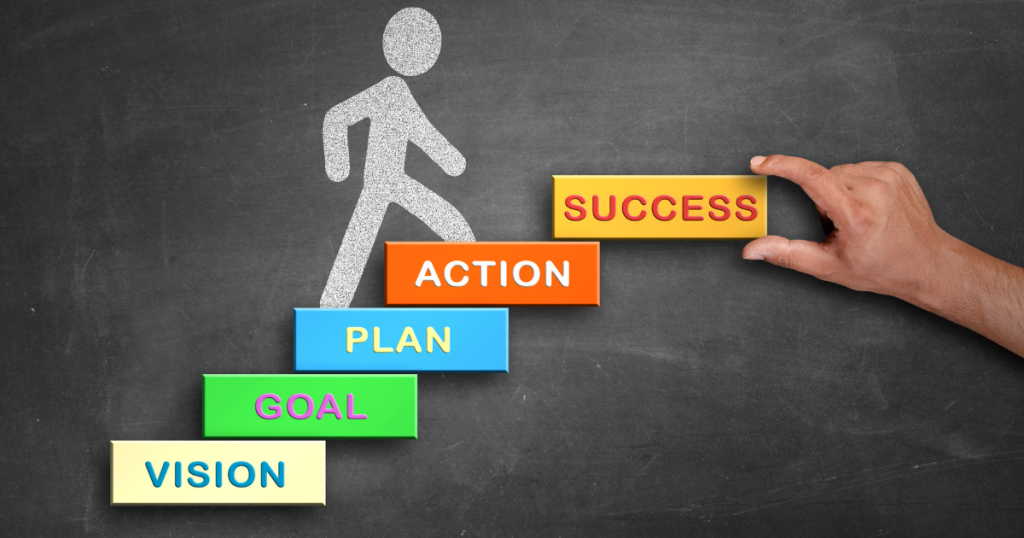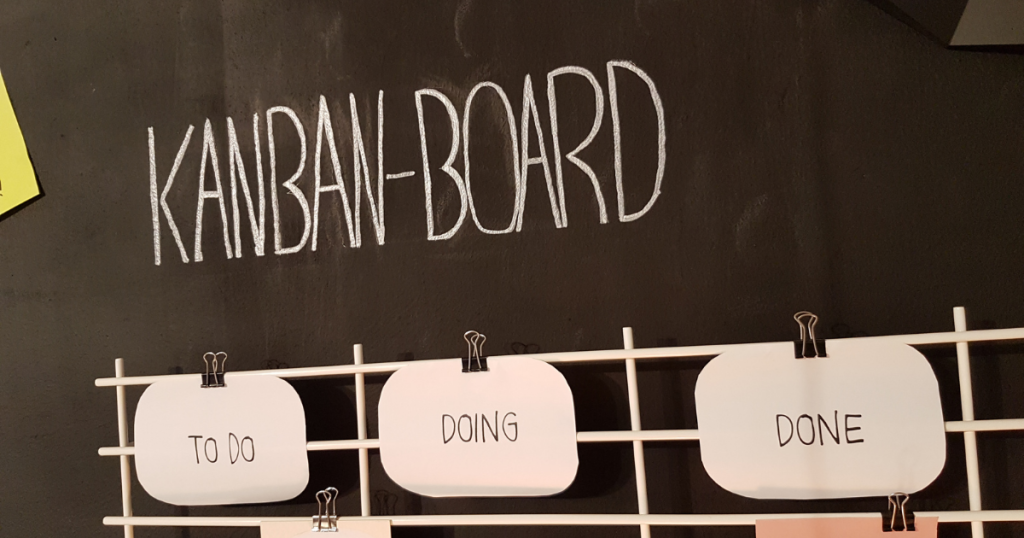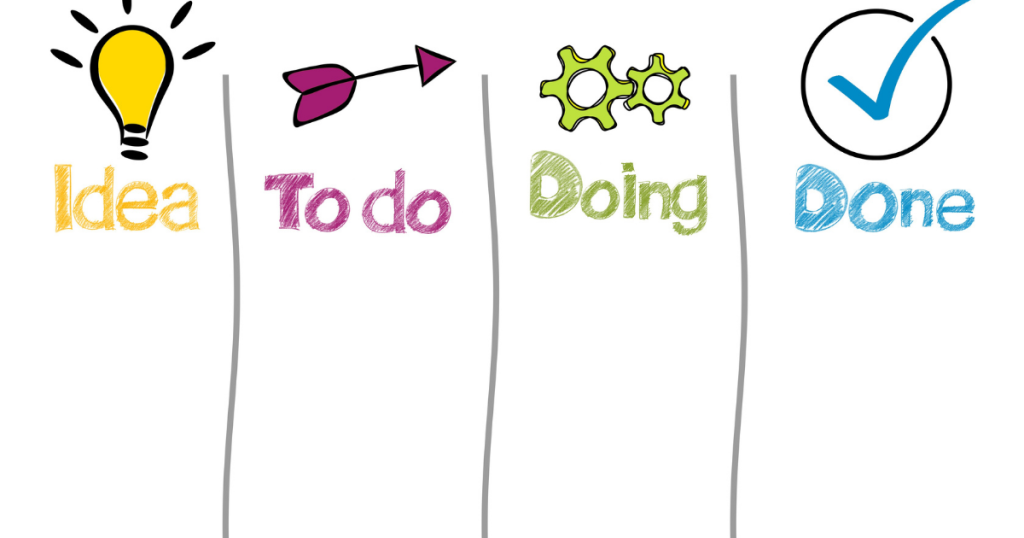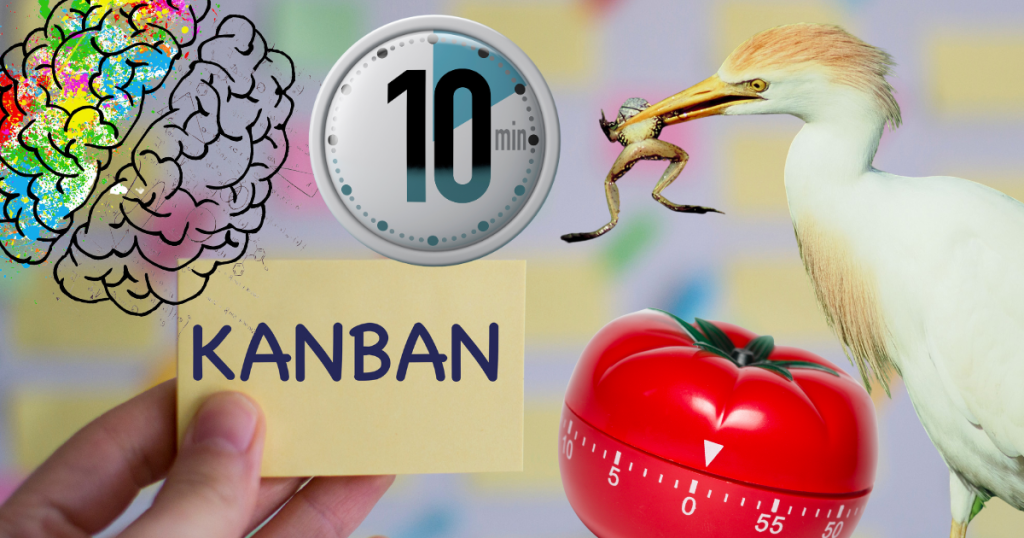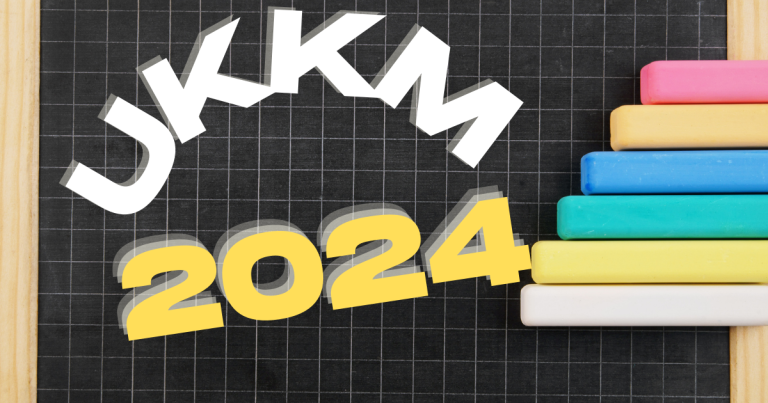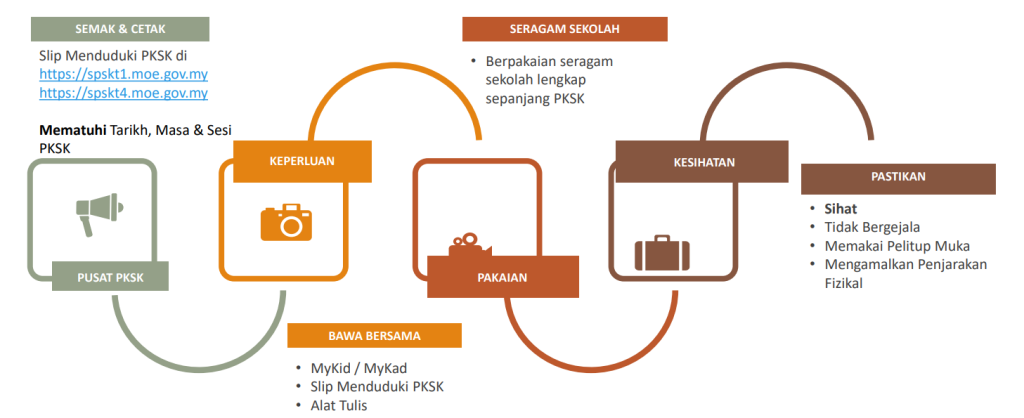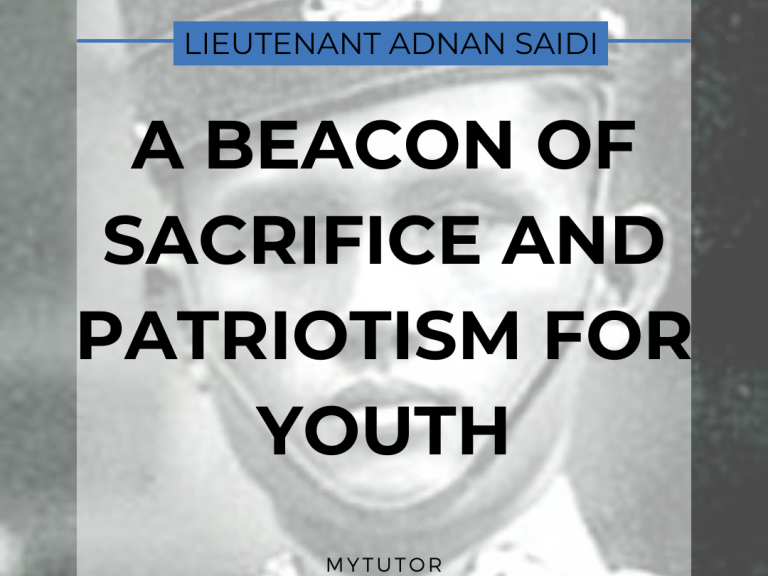“Pendidikan bukanlah persiapan untuk hidup; pendidikan adalah hidup itu sendiri.” – John Dewey.
Buat pelajar, renungkanlah kata-kata dari John Dewey ini, dan hayati betapa pentingnya pendidikan dalam hidup kita. Banyak pelajar gemar menjadikan rutin belajar pada saat-saat akhir.Ha ini mencetuskan tekanan dan kegelisahan kepada diri mereka sendiri. Namun, terdapat cara yang lebih bijak dan berkesan untuk belajar, iaitu dengan strategi Study SMART!

Konsep belajar SMART ini bukanlah konsep yang asing. Sebaliknya, ia adalah akronim yang mewakili prinsip-prinsip belajar yang efektif: Spesifik, Terukur, Dapat dicapai, Relevan, dan Berbatas waktu. Inilah cara pelajar dapat belajar dengan lebih efisien dan efektif, bukan hanya bekerja keras, tetapi bekerja dengan bijak. Mari kita lihat setiap aspek ini dengan lebih dekat:
1. Spesifik
(Specific)
Setiap sesi belajar harus mempunyai tujuan yang jelas dan spesifik. Sebagai contoh, bukan hanya “belajar matematik,” tetapi “memahami dan menyelesaikan persamaan linear”. Dengan tujuan yang spesifik, anda dapat fokus dan mendalami topik dengan lebih efektif.
2. Berupaya diukur (Measurable)
Adalah penting untuk memastikan kemajuan anda dapat diukur. Ini bisa berarti melakukan ujian latihan, membuat nota atau mind map, atau mencapai tujuan belajar lain yang telah ditetapkan. Dengan cara ini, anda dapat melacak kemajuan anda dan melihat sejauh mana anda telah maju dalam pembelajaran anda.
3. Dapat Dicapai
(Achievable)
Sasarkan tujuan yang realistik dan dapat dicapai dalam jangka waktu sesi belajar anda. Jangan cuba untuk belajar semua dalam satu malam; sebaliknya, pecah topik ke dalam sub-bahagian yang dapat dipelajari dan difahami dalam satu sesi.
4. Relevan
(Relevant)
Fokuslah pada materi yang relevan dengan ujian atau peperiksaan anda. Ini bukan bererti anda harus mengabaikan topik lain, tetapi penting untuk memastikan anda memahami dan menguasai topik yang akan diuji.

5. Had Waktu
(Time-bound)
Menetapkan had waktu untuk tujuan belajar dapat membantu anda untuk meningkatkan fokus dan produktiviti anda. Ini juga membantu anda menghindari prokrastinasi dan memastikan anda mempunyai waktu yang cukup untuk merehatkan minda anda antara sesi belajar.
Ingatlah, sahabat pembaca, belajar bukanlah tentang membaca buku teks selama berjam-jam tanpa henti. Ia tentang belajar dengan bijak, dengan fokus, dan dengan tujuan. Dengan strategi Study SMART, anda bukan hanya dapat meningkatkan keberhasilan akademik anda, tetapi juga dapat mengurangi stres dan tekanan yang seringkali berhubungan dengan belajar.
Mari kita ubah cara kita belajar, dan mari kita mulai belajar dengan SMART. Dengan pendekatan ini, kita dapat memanfaatkan sepenuhnya waktu belajar kita, dan kita dapat mengambil alih kendali atas pembelajaran kita. Ingat, pendidikan adalah kunci untuk kejayaan, dan dengan belajar secara SMART, kita semua bisa meraih kejayaan itu.



